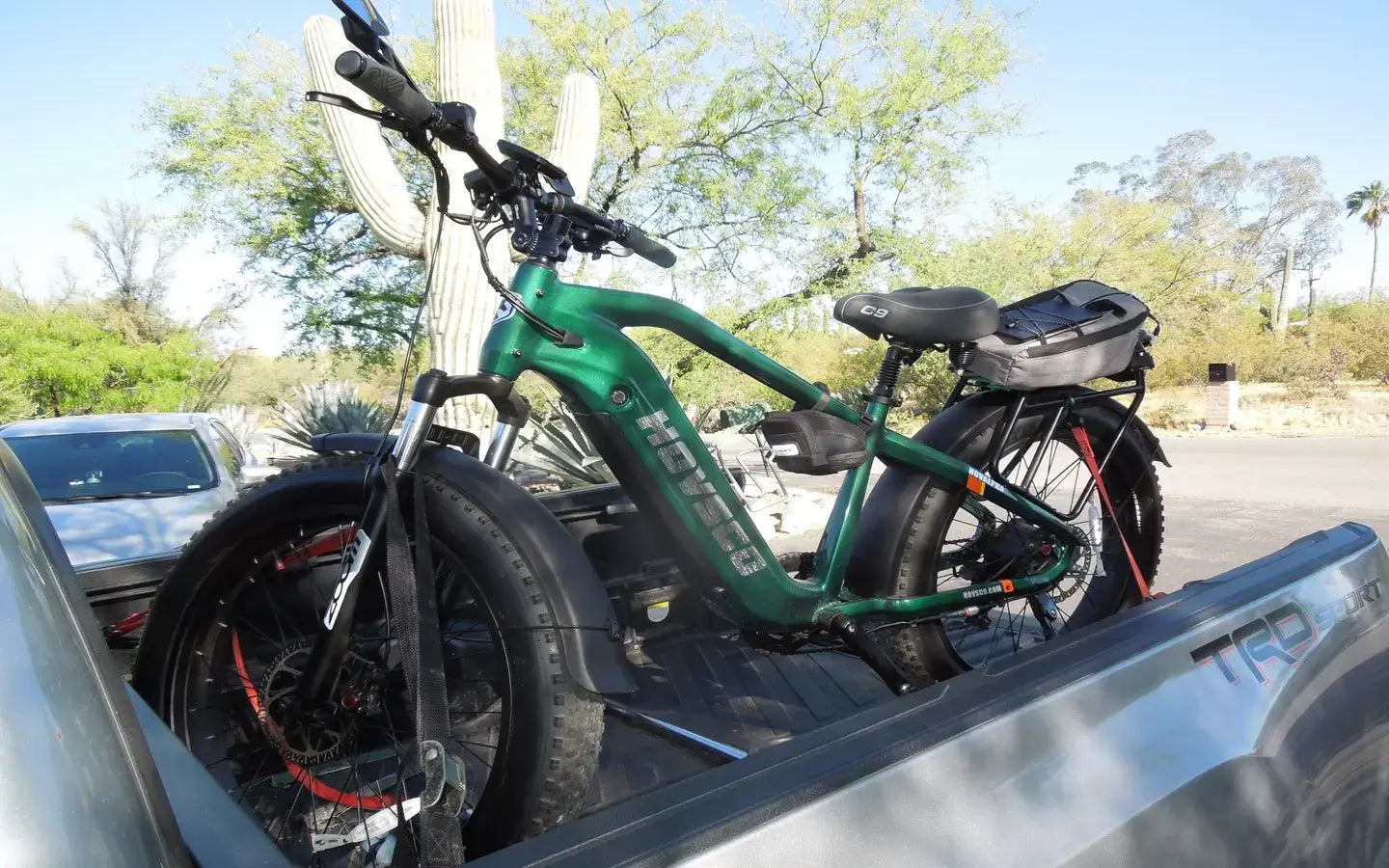
- by LiuJiazhu
Are Lightweight Full Suspension eBike Frames Ideal for Long-Distance Touring?
- by LiuJiazhu
Lightweight full suspension eBike frames offer comfort and control on rough terrain but may compromise efficiency and durability for long-distance touring. While they absorb vibrations and reduce fatigue, their added weight, energy consumption, and maintenance complexity can be drawbacks. For mixed-terrain routes, they’re ideal, but riders prioritizing speed or simplicity might prefer hardtail or rigid frames. How To Choose Best 27.5 Inch Electric Mountain Bike?
Full suspension eBikes enhance comfort and traction, especially on uneven surfaces, by absorbing shocks through both front and rear systems. This reduces rider fatigue and improves control during long rides.
Full suspension frames use rear shocks with 80–120mm travel, balancing bump absorption without excessive weight. Aluminum or carbon fiber frames keep weight under 50 lbs, while advanced dampers like RockShox Deluxe or Fox Float adjust to terrain. However, these systems add 3–5 lbs over hardtails, impacting battery efficiency. Pro tip: Lock out rear suspension on smooth roads to save energy. Imagine touring a rocky trail—full suspension acts like a luxury SUV, smoothing bumps that a sedan (hardtail) can’t. But what if your route is mostly pavement? The suspension becomes dead weight.
| Feature | Full Suspension | Hardtail |
|---|---|---|
| Comfort | High (Dual absorption) | Moderate (Front only) |
| Weight | 42–50 lbs | 38–45 lbs |
| Maintenance | High (Pivot bolts, seals) | Low (Fork only) |
Lighter frames improve efficiency and portability but often sacrifice durability or cost. Carbon fiber models save 2–4 lbs over aluminum but are pricier and harder to repair remotely.
Tourers covering 60+ miles daily benefit from lightweight frames, as every pound saved reduces motor strain, extending battery range by 5–8%. Yet, ultra-light frames (<40 lbs) may lack mounting points for racks or water bottles. Pro tip: Distribute cargo weight evenly—a heavy rear rack stresses suspension linkages. Think of it like backpacking: A 30-lb pack feels manageable, but 40 lbs slows you down. Still, does shaving 3 lbs justify a $1,000 price jump? For multi-day tours, reliability often trumps weight savings.
| Frame Type | Weight Range | Typical Use |
|---|---|---|
| Carbon Full Suspension | 40–45 lbs | Technical trails |
| Aluminum Hardtail | 38–42 lbs | Paved/gravel roads |
| Steel Rigid | 35–40 lbs | Ultra-distance touring |
High-quality lightweight frames withstand touring stresses if designed for eBike torque and payloads. Look for reinforced joints, torque arms, and ISO 4210 certification.
Cheap carbon frames risk cracking under sustained loads, but premium brands like Trek or Specialized use layered carbon fiber with impact-resistant resins. Aluminum frames, though heavier, resist dents and are easier to weld mid-tour. Pro tip: Avoid overloading—most eBikes have a 300–330 lb total limit (rider + gear). A frame failing on remote roads is like a snapped tent pole in a storm: catastrophic. How much gear are you carrying? Light campers thrive with lightweight frames; heavy packers need burlier builds.
Yes, suspension systems consume 5–15% more battery due to added weight and drivetrain friction. Motor efficiency drops when navigating constant terrain changes.
Mid-drive motors paired with full suspension lose efficiency through chain slap and rear axle movement, while hub motors avoid this but add unsprung weight. A 500Wh battery might last 60 miles on a hardtail but only 50–55 miles on full suspension. Pro tip: Use eco mode on smooth sections and lockouts on climbs. Imagine your battery as a fuel tank—suspension is like towing a trailer; it’s useful but burns gas faster. Is the comfort worth shorter range? For mixed terrain, yes; for paved trails, maybe not.
Most full suspension frames support 55–60 lbs of cargo, but rack compatibility is limited. Models with reinforced seatstays or proprietary racks (e.g., Thule Pack ’n Pedal) excel here.
Avoid panniers on rear suspensions—they swing and strain pivots. Instead, use frame bags or a front rack. Pro tip: Test-load your bike before touring; uneven weight distribution causes wobbles at speed. It’s like loading a pickup bed: Too much weight over the tail risks fishtailing. Will your gear fit without blocking suspension travel? Custom solutions like tailfin aeropacks solve this but cost $300+.
Technical off-road routes like the Great Divide Mountain Bike Route or Transalp demand full suspension for safety and speed. Pavement-heavy tours like EuroVelo favor hardtails.
Full suspension shines on rocky descents, rooty trails, or washboard gravel, where control prevents accidents. But on smooth bike paths, it’s overkill. Pro tip: Match the bike to your route’s roughness—a 70/30 off-road/paved mix justifies suspension; 30/70 doesn’t. Think of it as hiking boots vs sneakers: Both work, but one’s better for mountains. Are you willing to trade speed for comfort? Only your route can answer.
Yes, but use frame-mounted racks like Old Man Mountain or tailfin to avoid stressing suspension pivots. Rear panniers require specific axle attachments.
How often should I service full suspension on a touring eBike?Service shocks every 500–800 miles or biannually. Clean seals after muddy rides and check air pressure weekly to maintain performance.
Are lightweight full suspension eBikes worth the cost for touring?If your route includes technical terrain, yes. For paved roads, hardtails offer better value. Prioritize features matching your route’s challenges.
Share:
Which Electric Bikes Offer the Longest Range for Cross-Country Touring Adventures?
Are There Legal Differences Between 250W and 500W Motors?